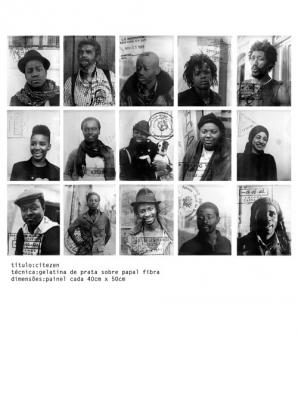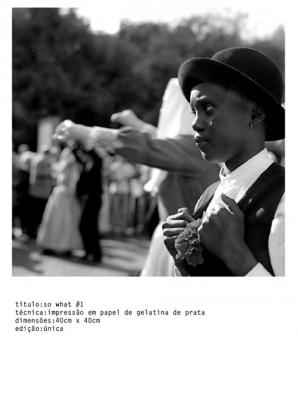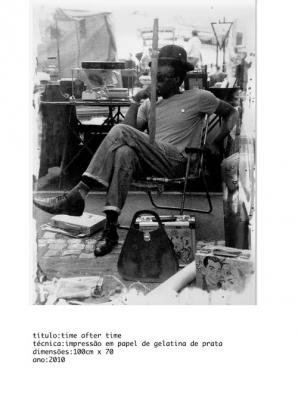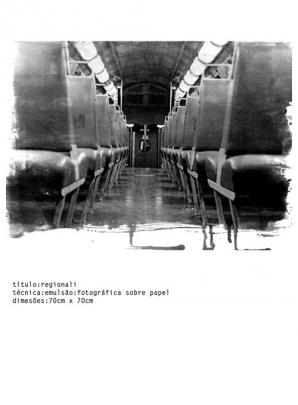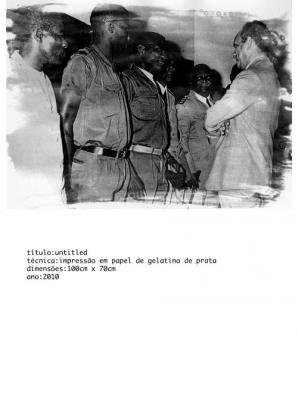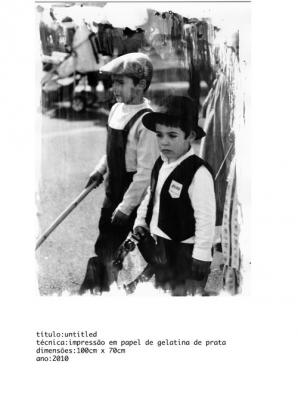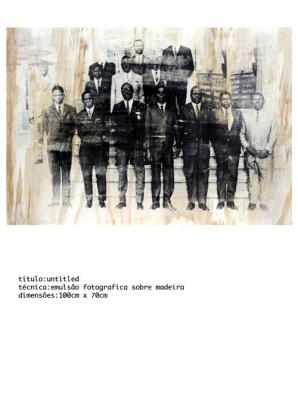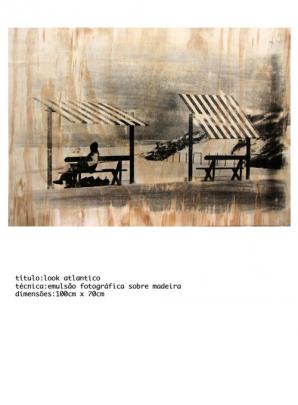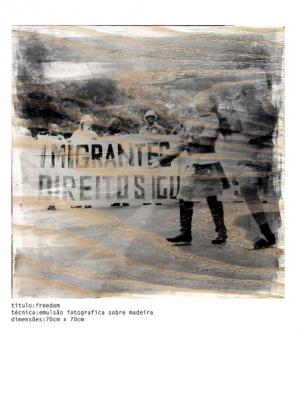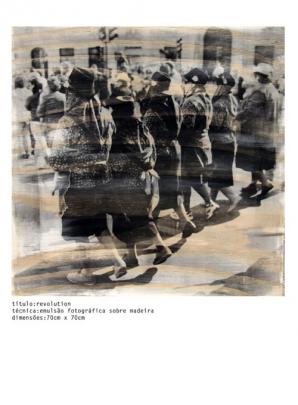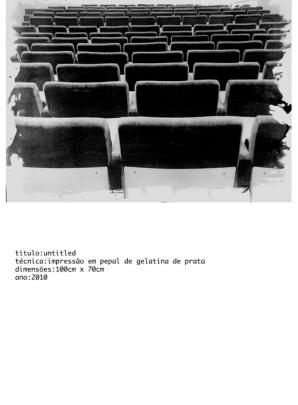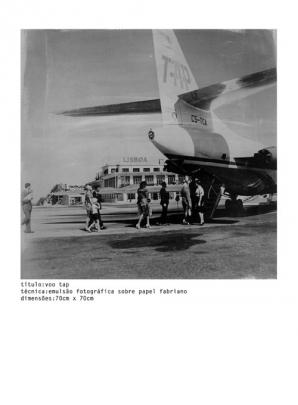Urban Voids
Délio Jasse work can be interpreted under the somewhat complex view of the post colonial speeches, in the sense that his images emanate a quality of alterity, which gives them identity. However this simplification can be limiting if it becomes dissonant with the artistic speech where his images belong, obviously.
However, the images produced by Délio Jasse are not pre-determined by an agenda but are really impregnated with the plurality that characterizes the artistic speech. This type of speech, by principle, will not be interested in determining a political vision; it will be mainly interested in changing the existing stereotypes, following a journalistic or documental approach.
Délio Jasse’s pictures are conventional portraits, which reveal the identity of its subjects, echoing physical or biological anthropology studies made popular in the beginning of the 20th century and fed by the official labeling stamps. However, reality is undermined by the intoxicating photographic technique used by the artist. In an almost baroque way, the photographs are printed in drawing paper where the image conveys a false time, as if trying to salvage the originality of a time passed – “this-was”, Roland Barthes, Camera Lucida (1980). This effect seems to want to destabilize the identity or the image of the person being portrayed, as if questioning the veracity of the images being shown, as well as the document they could become.
